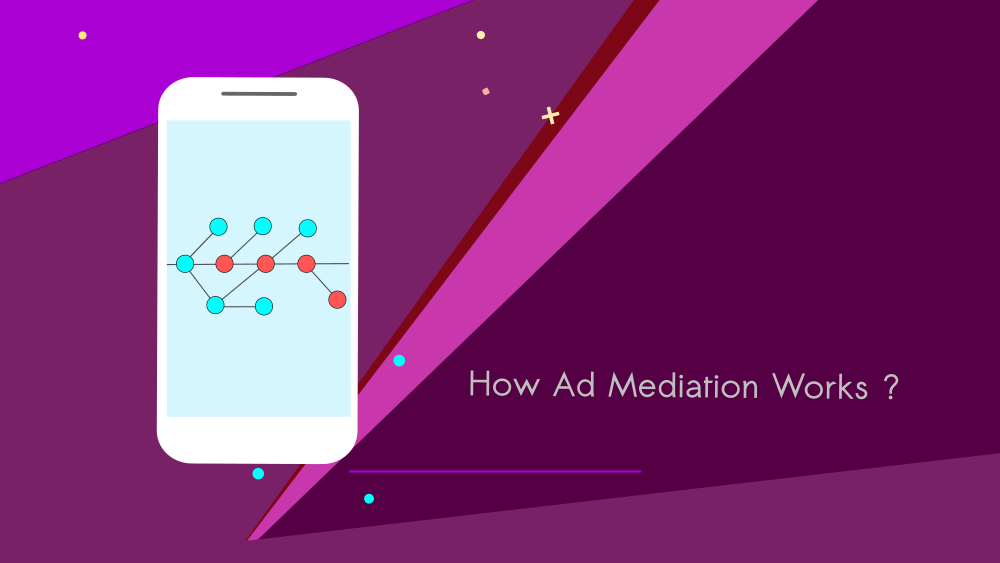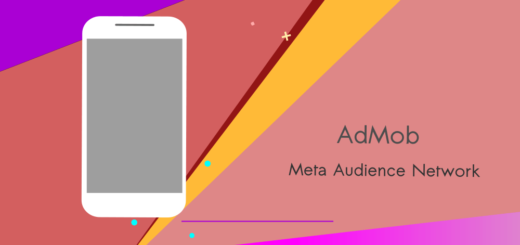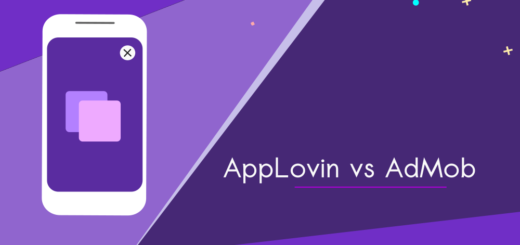How Ad Mediation Works : Mobile Ads Guide
Ad mediation is a powerful tool for app developers. It maximizes revenue by allowing multiple ad networks to compete for ad space. This competition ensures that the highest-paying ads are displayed, increasing your earnings. Let’s explore How ad mediation works?

Understanding How Ad Mediation Works
Before diving deeper, it’s essential to grasp how ad mediation works. Ad mediation platforms serve as intermediaries between app developers and multiple ad networks. These platforms manage the bidding process, ensuring that the most profitable ads are shown.
When a user triggers an ad request, the mediation platform sends it to various ad networks. The networks then bid for the opportunity to display their ads. The highest bidder wins, and their ad appears in the app.

Key Components
To fully understand how ad mediation works, it’s crucial to know its key components. The first component is the mediation platform itself. This platform manages all ad requests and ensures the most profitable ads are shown. The second component is the ad networks. These are the sources of the ads that compete for placement in your app. The third component is the bidding process. This process determines which ad network’s ad will be displayed based on the bid amount.
Ad mediation platforms often use a waterfall model. This model prioritizes ad networks based on historical performance. If the highest-priority network can’t fill the ad request, the platform moves to the next one. This continues until an ad is served.
How Ad Mediation Works with Multiple Ad Networks
Each network has its own bidding strategy and ad inventory. The mediation platform must balance these factors to maximize revenue. For instance, some networks may offer higher bids but have fewer ads available. Others may have a lower bid but a higher fill rate. The platform’s job is to find the optimal balance.
Understanding how ad mediation works with multiple networks helps developers make informed decisions. By choosing the right networks and configuring them properly, developers can maximize their ad revenue.
Optimizing Your Ad Revenue
To get the most out of ad mediation, it’s essential to optimize your setup. Start by selecting high-performing ad networks that align with your app’s audience. Next, configure the mediation platform to prioritize networks based on their performance.
Regularly monitor your ad performance and make adjustments as needed. Understanding how ad mediation works is key to optimizing your ad revenue. It’s not just about setting up the platform; it’s about ongoing optimization and fine-tuning.
User Experience
Ad mediation isn’t just about maximizing revenue. It also plays a significant role in improving the user experience. By showing relevant ads, it ensures that users are more likely to engage with the ads, which can lead to higher revenue. Additionally, mediation platforms can control the frequency of ad displays. This prevents overwhelming users with too many ads, which could lead to a negative experience.
Knowing how ad mediation works to balance revenue and user experience is crucial. A well-balanced ad strategy ensures that you earn more while keeping your users happy.
Final Thoughts
Understanding how ad mediation works is essential for any app developer looking to maximize ad revenue. By effectively managing multiple ad networks, optimizing your setup, and balancing user experience, you can ensure the best possible results.
Remember, success with ad mediation requires ongoing monitoring and adjustments. The more you understand the process, the better you’ll be at maximizing your earnings.



